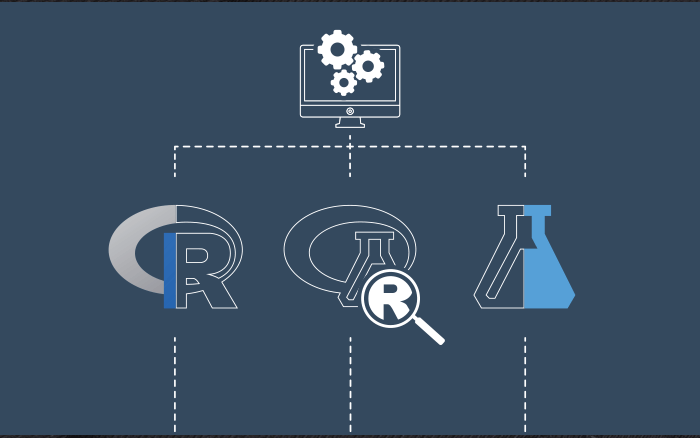
The Ionosphere is a layer of the Earth’s upper atmosphere that is located between 50 and 600 kilometers above the Earth’s surface. It is made up of a mixture of gases and charged particles that can affect radio wave transmission. In recent years, machine learning techniques have been used to predict the ionosphere and improve the accuracy of radio wave transmission. In this article, we will go over the steps needed to create an Ionosphere prediction model using the UCI dataset in R.
The first step is to load the data into R. The UCI dataset contains information about the ionosphere and can be downloaded from the UCI website. Once the data is loaded, it’s important to make sure that the variables are in the correct format, such as numeric for continuous variables and factors for categorical variables.
The next step is to prepare the data for the model. This includes cleaning the data, handling missing values, and transforming the variables if necessary. It’s also important to split the data into a training set and a test set. The training set is used to train the model, while the test set is used to evaluate the performance of the model.
The next step is to choose a machine learning algorithm and train the model. There are various algorithms that can be used for Ionosphere prediction, such as logistic regression, k-nearest neighbors, and decision trees. Each algorithm has its own strengths and weaknesses, and it’s important to choose the one that best fits the data and the problem at hand.
Once the model is trained, it’s important to evaluate its performance using the test set. This includes calculating the accuracy, precision, recall, and other metrics. If the performance of the model is not satisfactory, it’s necessary to adjust the parameters of the model or try a different algorithm.
Finally, the model can be used to make predictions on new data. It’s important to remember that the model is only as good as the data it was trained on, and it’s important to keep updating the model with new data and retraining it as necessary.
In conclusion, creating an Ionosphere prediction model in R using the UCI dataset is a multi-step process that includes loading the data, preparing the data, choosing a machine learning algorithm, training the model, evaluating its performance, and using the model to make predictions. It’s important to remember that the model is only as good as the data it was trained on, and it’s important to keep updating the model with new data and retraining it as necessary. The Ionosphere prediction is a challenging task that requires a deep understanding of the data and the problem at hand. Machine learning techniques can be a powerful tool to improve the accuracy of radio wave transmission, but they should be used in conjunction with other traditional diagnostic methods and must be evaluated by the professionals in the field.
In this Applied Machine Learning & Data Science Recipe (Jupyter Notebook), the reader will find the practical use of applied machine learning and data science in R programming:
Disclaimer: The information and code presented within this recipe/tutorial is only for educational and coaching purposes for beginners and developers. Anyone can practice and apply the recipe/tutorial presented here, but the reader is taking full responsibility for his/her actions. The author (content curator) of this recipe (code / program) has made every effort to ensure the accuracy of the information was correct at time of publication. The author (content curator) does not assume and hereby disclaims any liability to any party for any loss, damage, or disruption caused by errors or omissions, whether such errors or omissions result from accident, negligence, or any other cause. The information presented here could also be found in public knowledge domains.
Learn by Coding: v-Tutorials on Applied Machine Learning and Data Science for Beginners
Latest end-to-end Learn by Coding Projects (Jupyter Notebooks) in Python and R:
Applied Statistics with R for Beginners and Business Professionals
Data Science and Machine Learning Projects in Python: Tabular Data Analytics
Data Science and Machine Learning Projects in R: Tabular Data Analytics
Python Machine Learning & Data Science Recipes: Learn by Coding